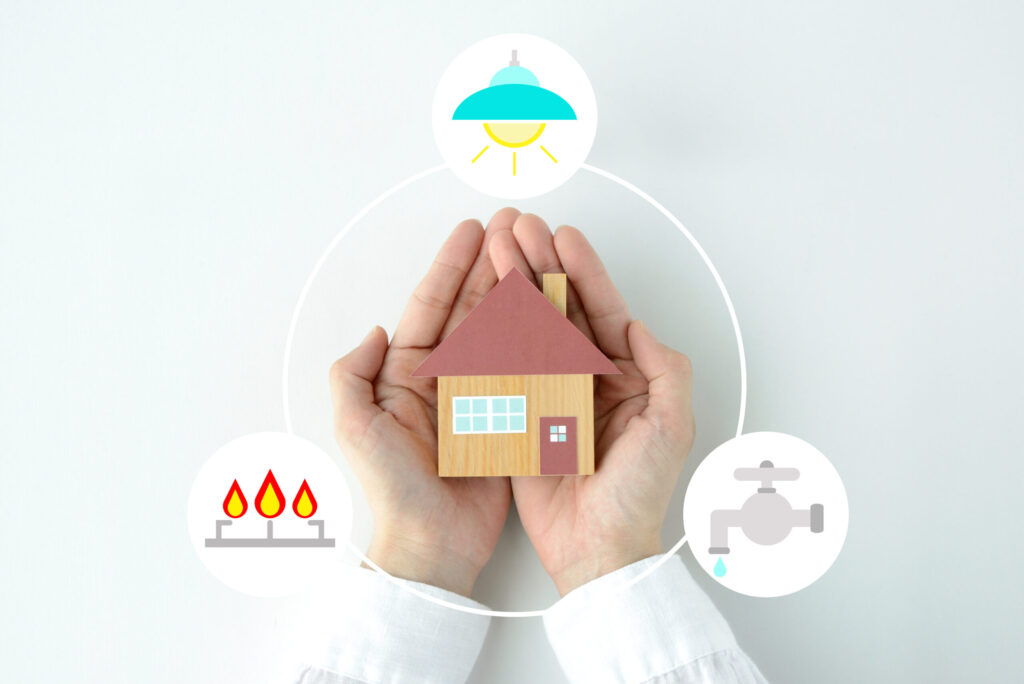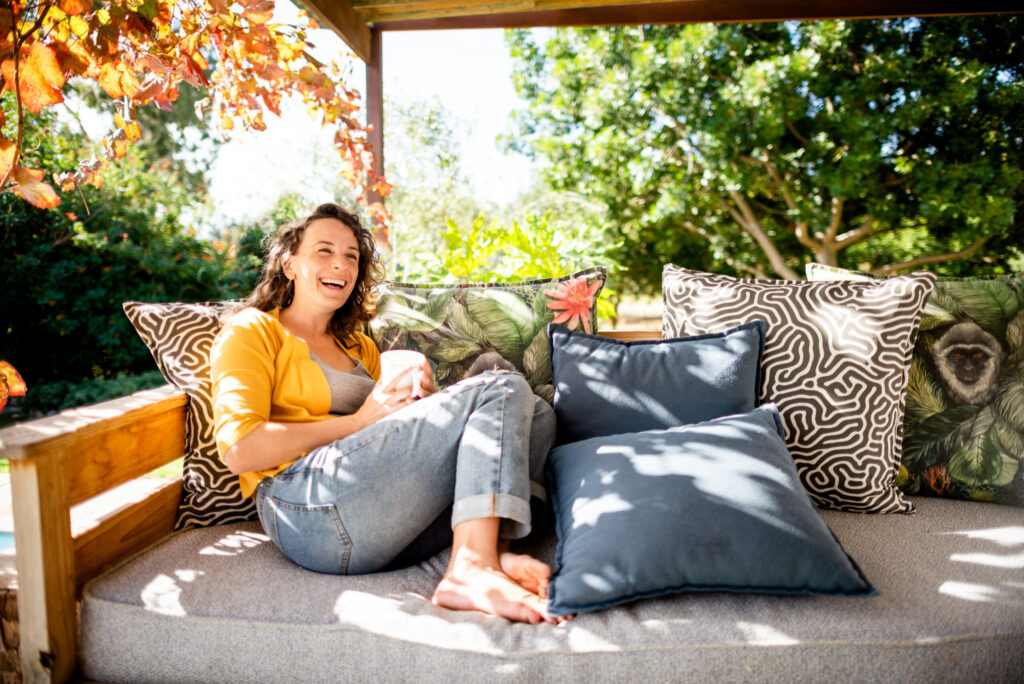The Guide to Screen Porch Options
Home > The Guide to Screen Porch Options
A Guide of Screened In Porch Options
People have been using outdoor screening for porches, doors, and windows for almost 200 years for one single reason: to keep the bugs out! However, with time, numerous new concepts emerged that revolutionized how individuals placed the screens.
Outdoor screening products today provide more than just protection from mosquitoes and bugs. Today’s decorative screens come in a variety of sizes and various advantages. For instance, not only can they increase your privacy, save on heating and cooling, improve airflow, lighting control, energy efficiency, visual appeal, and security.
Continue reading to find a guide for screened porch options and how people are revamping the humble porch into a versatile living space.
Decide How Often You’ll Use Your Screened In Porch.
Just summer? Then all you’ll have to worry about is beating the heat! Use solar screens and plant trees near the space to provide extra shade or install a ceiling fan to circulate the air.
Only when the weather is nice? Then, consider installing retractable shades on the outside of your screens to help insulate the space in the winter.
365 days a year? To make the room comfortable come winter, it is recommended to use easy-to-install acrylic or vinyl sheets from a company like Screenmobile. You could also want a fireplace for those extra chilly nights.
Porch Screen Installation Methods
When changing or updating your window screens, it’s vital to educate yourself on the screen’s construction. Screenmobile offers various screening installation systems, from simple stapled screens to roll form screens and heavy-duty extruded aluminum screen frames. Roll form and extruded aluminum screen frame constructions differ significantly in terms of quality, cost, and installation.
Here’s a quick look at the differences between each screen porch installation option.
Stapled Screens:
- Most cost-effective option
- Fastest to install
- Do not require additional construction or installation
- Entirely customizable for size and screen fabric
Roll Form Screens:
- Fast and easy to produce.
- Cost savings
- Flexibility
- Reduced Scrap
- Lightweight
Extruded Aluminum Screen Frames:
- Heavy duty
- The interior of the screen spline matches the exterior color.
- It won’t easily bend or break.
- Built to last the life of your window
- Used for large expanses.
Branded Screen Porch Options
These brands offer their patented porch screening systems. Some offer trademark joints, others a one-of-a-kind material. Here’s a rundown of these branded screen porch options.
- Screentight: Do-it-yourself homeowners, handymen, and professional builders all rely on the Screen Tight system. The Screen Tight system comprises a base attached to the existing porch structure and a cap that mounts on top and comes in a range of colors. Everything you need to screen your porch is reasonably priced and constructed of high-quality UV-resistant window-grade vinyl. The Screen Tight system employs a vinyl cap that can be removed and snapped back in place when re-screening.
- Screeneze: SCREENEZE® system uses no-spline technology to take the headaches out of screen installations for patios, decks, and porches. Additionally, their screens are nearly invisible, giving porches a nice, clean appearance. The Screeneze system is faster to install and offers four colors: white, bronze, sand, and clay and can be applied to any smooth, uniform surface.
- Mosquito Curtains: The Mosquito Curtain porch enclosure system provides custom-fitted mosquito curtains for about a quarter of the cost of a permanent framed screened porch enclosure, with a tracking option that allows you to slide curtains open in beautiful, elegant swags. Mosquito curtains come in three material types.
- Mosquito, gnat, and black flies are kept at bay using heavy mosquito netting.
- No-see-um Mesh is meant to keep tiny midges out of coastal areas.
- Shade Mesh for privacy and protection against biting insects.
Select Your Screen Style
To begin, choose a design for your outdoor porch cover. There are hundreds of outdoor porch screens on the market to choose from, and there is an astonishing diversity of style and design options.
Here are a few of the most popular screen porch options:
- Fiberglass: This is a low-cost screening material that provides excellent visibility due to its absence of glare. Fiberglass is also the most used material for porch screens. Fiberglass, unlike metal screening, does not wrinkle. Its adaptability makes it the easiest to work with.
- Sun Control Screens: These are the best screening options for porches and sunrooms that get too hot in the summer. The sun-blocking screen is available in a variety of forms. The idea behind these screens is to keep bugs out while also preventing the porch from becoming warm by reducing glare from the sun. The advantage of a sun-control screen is that it allows light to pass through while retaining the exterior’s nice aesthetics.
- Pet-Resistant Screening: It stands to reason that this form of screening is several times stronger than conventional mesh. As a result, it is said to be an ideal outdoor patio cover screen for pet owners. Keep in mind that it is more expensive and has lower visibility than a regular screen. It is recommended that it be installed along the lower half of the wall.
- Prefabricated screen panel: This is simply an outdoor pre-made panel that provides privacy while blocking some light and insects. These screens are available in a wide range of stylish design materials.

Special Screen Porch Options
Aside from standard window screens, some options are designed for specific uses. These screens and shades are more comprehensive and overhaul the porch.
- Retractable screens: In their most basic form, perform just what their name implies: they retract. When not in use, retractable screens roll up into a protective shell and become practically invisible. The best retractable screen systems may be retrofitted into a door or window seamlessly within a housing made to blend in perfectly. When the door or window is opened, the screen unrolls to protect the homeowner from flying or crawling insects while still providing fresh natural ventilation. When it’s time to shut down, the screen retracts into its housing until it’s needed again.
- 3 Season Rooms: Three-season rooms are clear vinyl-enclosed extensions put onto houses. These enclosures aim to provide a fun place to relax while also protecting them from harsh weather and pests. While most three-season rooms are a type of patio or porch, they can also enclose a small piece of the garden. Screens offer added versatility to three-season rooms.

Hire Professionals for Installation
Installing outside screens, according to some, might be a do-it-yourself (DIY) project. When you start digging into the real details and all of the necessary effort, it quickly becomes apparent that it will be easy to select the best screen porch option for your home and then hire a pro to install it, especially when working on a larger, more challenging project. Screenmobile has skilled specialists with years of experience and expertise, and they know exactly what needs to be done.
Are you ready to start planning your next porch screening project? Get a free in-home estimate right now!
Request an In-Home Estimate
We are America's Neighborhood Screen Stores®
Request a Free Estimate
Complete the form below, and we will contact you to arrange a free estimate for your home.
Screenmobile.com uses cookies to improve your experience on our website. These cookies help analyze our site traffic, understand where our visitors are coming from, and may share your information with partner companies. By browsing our website, you agree to our use of cookies. Learn More.
Don’t Miss Our Latest News and Ideas for Your Home
Use the button below to sign-up for our newsletter.




